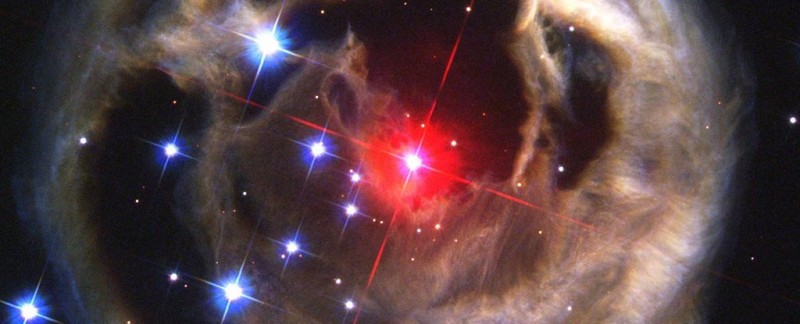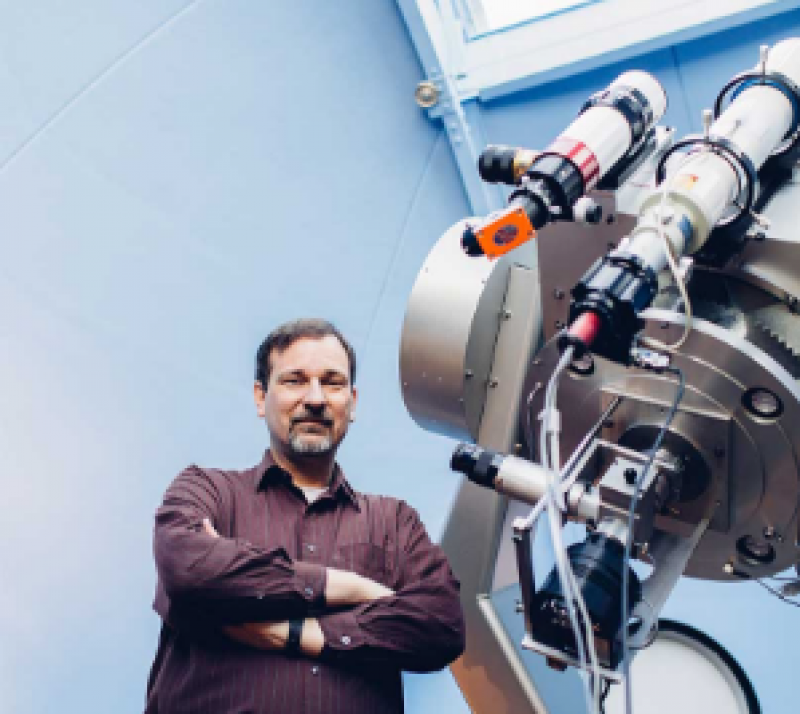 |
| A 2003 red nova captured by Hubble. Credit: NASA/ESA |
Be patient. In five years there’s going to be something new to train that Meade or Takahashi at in the night sky. Astronomers at Michigan’s Calvin College, led by Astronomer Larry Molnar, have made the first scientific prediction of a new red nova as a binary star merges and explodes into one.
That kind of merging is what's called a red nova, and the resulting explosion would cause a 10,000-fold increase in brightness – enough for it to be visible from Earth for some time.
The story really began in 2008 with V1309 Scorpii – another binary star that caused a red nova.
Though the incident wasn't predicted ahead of time, observations of it showed the orbital period between the two individual stars dropping faster and faster as the collision approached.
Molnar and his colleagues spotted the same pattern in a binary start called KIC 9832227 in 2013 and 2014, and continuing throughout 2016 – meaning the time taken for the stars to circle each other is indeed shrinking.
The explosion should thrill amateur and professional astronomers alike for two to three years.
This is the first time experts have tried to forecast a cosmic explosion like this, and the researchers say there's usually only a "one-in-a-million chance" of being able to predict a new star before it actually appears.
But the trouble with this prediction? This all happened a long, long time ago.
 |
| Larry Molnar, professor of astronomy at Calvin College. Larry PreFontaine photo. |
Read more: ScienceAlert and Calvin College